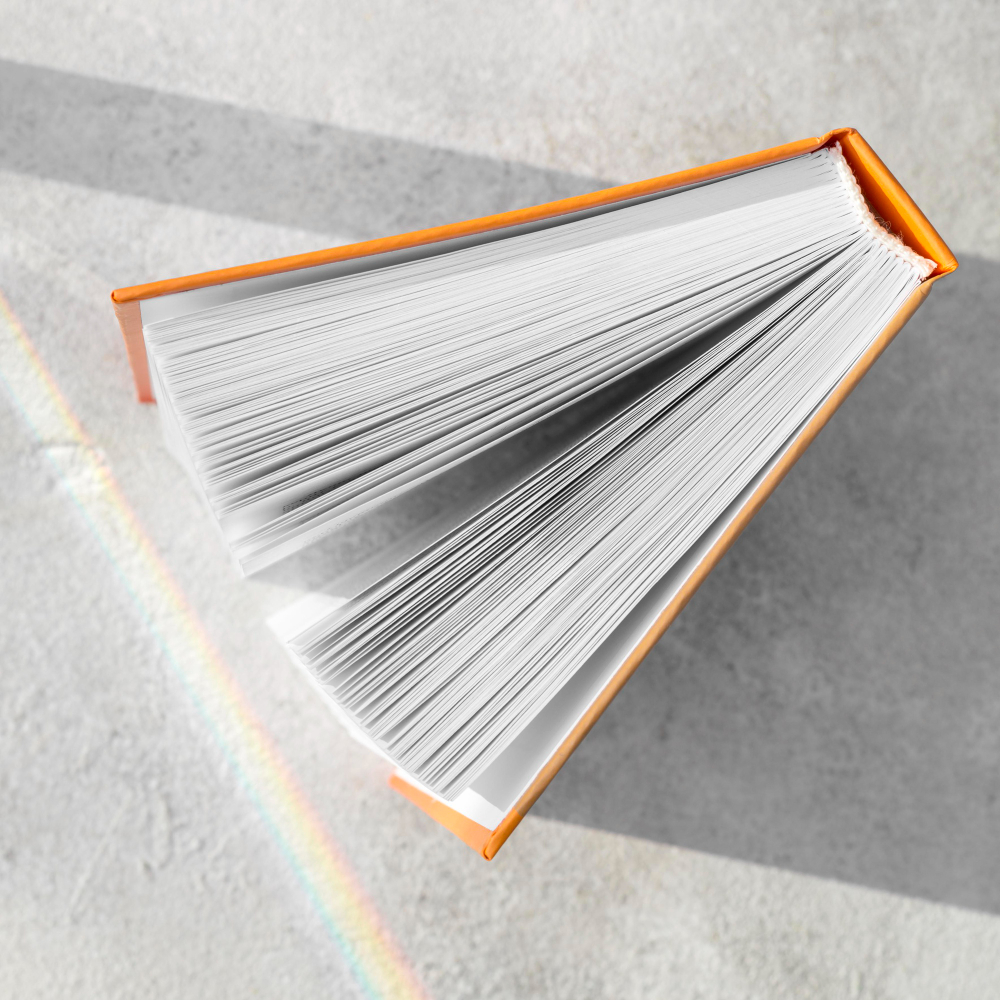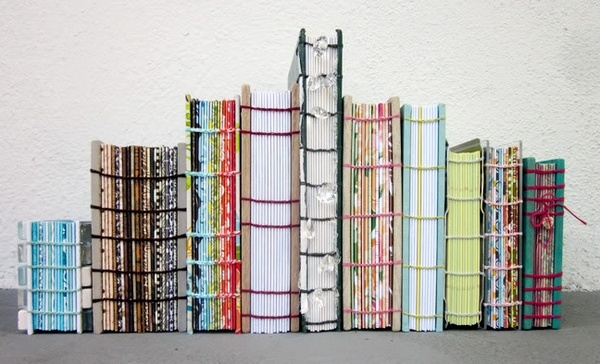Whether you’re self-publishing a book, developing a corporate manual or printing school yearbooks, choosing the right binding is an important step in creating a product that will last for generations.
The most common book bindings include hardcover and softcover, but there are several other options that may fit your needs. Ultimately, what’s right for your book will depend on its page count and purpose.
Hardcover
There are a variety of different binding styles available. Each of them has unique benefits and drawbacks, so it is important to choose the binding type that best fits your needs. The type of book you want to publish will also determine what binding style is best for you.
Hardcover books are usually more expensive than paperback copies, but the price tag can be justified by the quality of the book’s pages and printing. Additionally, hardcovers are more durable and can last longer than their paperback counterparts, making them a great choice for long-term use.
Some people prefer hardcovers because they are easier to carry around or read on the go. They are also more stylish, so they can stand out on shelves in bookstores and look elegant in coffee tables.
Other reasons to print your book in hardcover include the following:
1. The first edition- If you want the book to be available on the market as soon as possible, then you should consider printing it in a hardcover. This will make it more likely that you can get your name out there. It will also make your book look more premium and will be more likely to catch the eye of a traditional publisher.
2. If you have an expensive book- If you want to give your book as a gift, then it is better to opt for a hardcover. This will make the gift more luxurious and will ensure that it is kept for a long time.
3. If you are looking to sell it- It is also a good idea to opt for hardcover because it will help to make your book more profitable. This is because it will be harder for people to resist buying the book.
4. If you are looking to build a library- It is also a good idea to go for a hardcover because it will be easier for people to keep your books for a long time. This will also ensure that they will not be damaged easily.
There are a lot of things to think about when it comes to choosing the right binding for your book. You must also consider the purpose of your book and how it will be used. You can also talk to your printer about how to print in different types of binding, and they can help you to determine what is right for your book.
Softcover
The way your book is printed and bound will greatly affect how consumers view it. Whether it’s a novel, poetry collection or a children’s book, the right binding is vital in creating an excellent reading experience.
A good printing company will be able to help you choose the right book binding for your project, taking into consideration your budget and how consumers will use it. The type of binding that you choose will also depend on your personal preferences and the style of your project.
Perfect binding, saddle stitch and wire-o are popular bind styles for commercially produced books. They feature a sturdy and professional look that adds value to your book, and they can be trimmed down to the desired size for a sleek and tidy finish.
In perfect binding, single sheets of paper are printed on both sides and collated according to page numbers. They are then glued together with a strong yet flexible PUR adhesive along the spine edge, forming a clean “perfect” shape that’s easy to trim.
Spiral binding is an economical option for small or medium documents. It consists of a plastic coil that’s threaded through evenly spaced holes on the bind edges, and it allows the pages to lie exactly next to each other when flat.
Wire-o or twin-loop binding, also known as twin-loop / double-loop / wire comb binding, is an affordable alternative to spiral binding and consists of preformed pairs of two small loops of wire that run along a C-shaped spine that looks like a comb. These are placed inside each already punched square hole on the printed cover and pages of your book, allowing the pages to align perfectly.
This is a great choice for presentations, handbooks, calendars, journals and training manuals. It’s also ideal for notebooks and brochures as it can be a neat and cost-effective way to present information.
Choosing the right binding for your book can make or break its design and overall quality, so it’s essential to take time to consider what your goals are before making a final decision. There are a variety of different options, so it’s important to be creative and think about how you want the end product to look and feel.
Paperback
Binding styles play a crucial role in the look and feel of your book. It’s the finishing touch that brings your work to life and gives it a polished, professional appearance. The right choice of binding will affect how your book looks and how it will be used, and a good printing partner will be able to advise you on the best option for your needs.
If you’re new to the world of printing, you may not be aware of the various options that are available to bind your book. There are many factors that go into choosing the correct style of binding, including the purpose and design of your book, the page count, and how it will be used.
One of the most popular choices is perfect binding, which can be used for paperback books, catalogs, magazines, and brochures with a soft cover. It’s a cost-effective option and can be neatly trimmed to fit, giving your books a clean, modern look.
Another popular choice is wire comb or twin-loop binding, which uses pre-formed pairs of small loops of wire that run along a C-shaped spine that looks like a comb. These loops are inserted through each of the punched square holes that are on the printed book’s cover and pages, allowing them to line up exactly. The spine is then tightened down until it’s round, securing the cover and pages.
Spiral binding is another commonly used method that allows the pages to turn 360 degrees. It’s less sturdily constructed than wire-o, but it still provides a professional look that’s perfect for business reports and fine art photography calendars.
Comb is a type of binding that’s more flexible than other methods. It’s also easier to produce, but it’s not as sturdy or durable as other types of binds.
It’s also more expensive than other options, so it’s probably not the best option if you want your book to last for a long time. It’s fine for lightly handled documents, but if you want it to last for a long time and be durable, you should look into other methods of binding.
Other
Choosing the right binding for your book is a crucial part of the design process. It will not only enhance the overall experience of reading your work but also set the tone for the rest of your print production cycle. There are many different styles and technologies to choose from, so it is imperative that you select the one that best suits your needs.
The right choice is made by weighing your options against your budget and your print production timeline. This is why it’s crucial to have a solid understanding of the various printing processes and techniques available, including POD (print on demand) technology.
Once you’ve decided on the ideal book printing method for you, you can start putting together your dream team of designers and production experts. The final product will be the work of art that you can be proud of and will be the envy of your peers for years to come. Good luck! Let us know if you have any questions! We look forward to hearing from you! The best way to get started is to contact us today.



